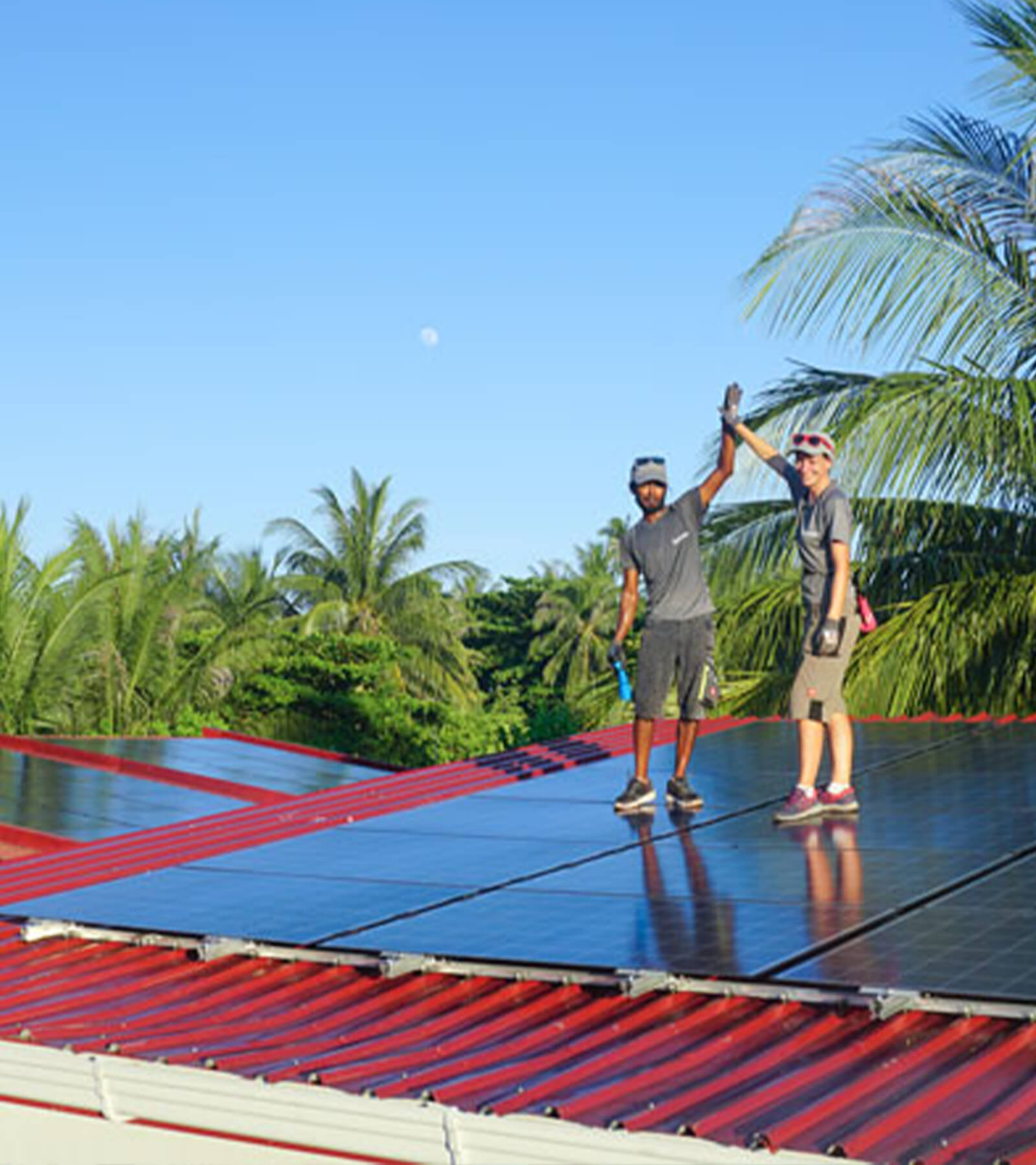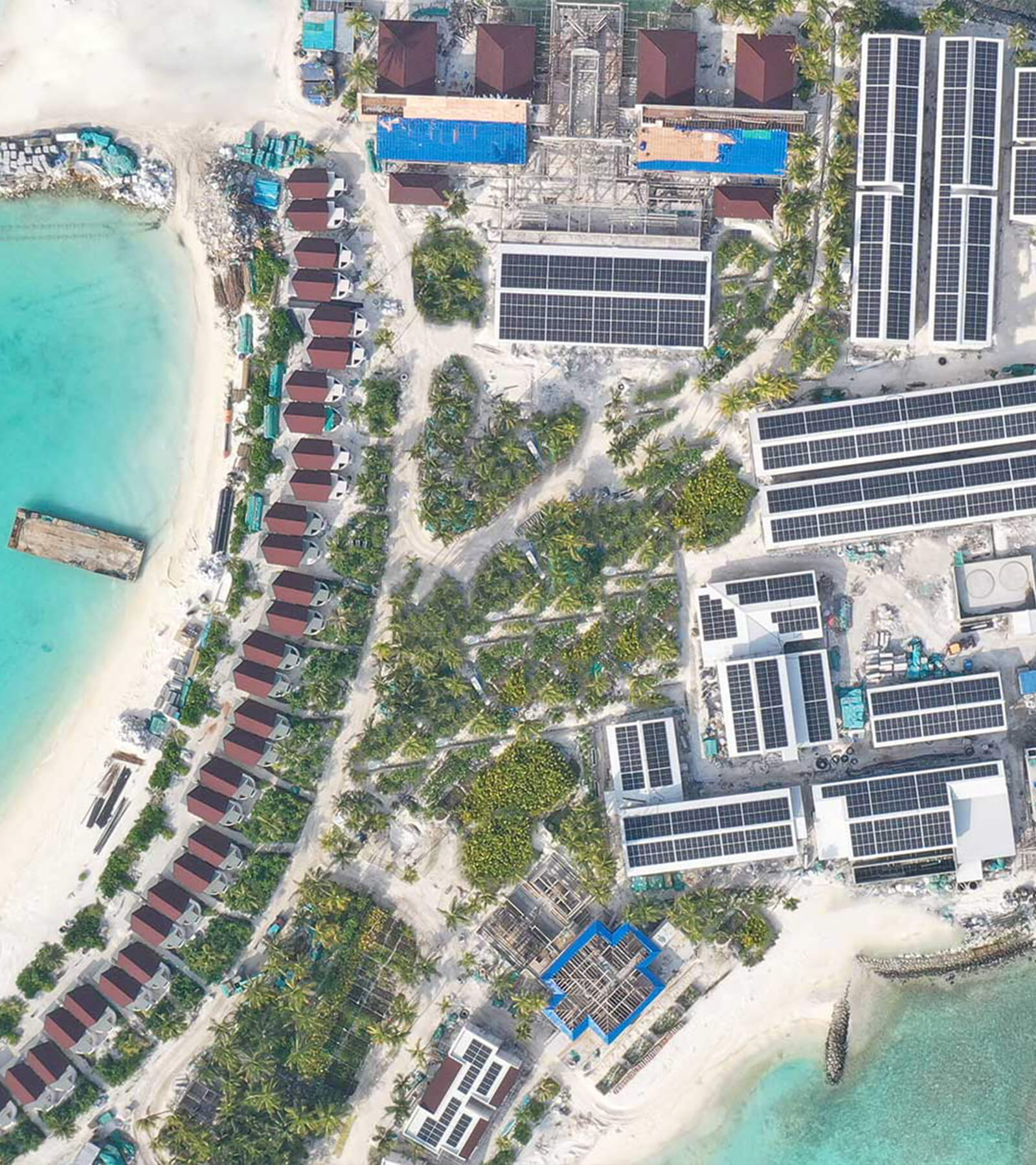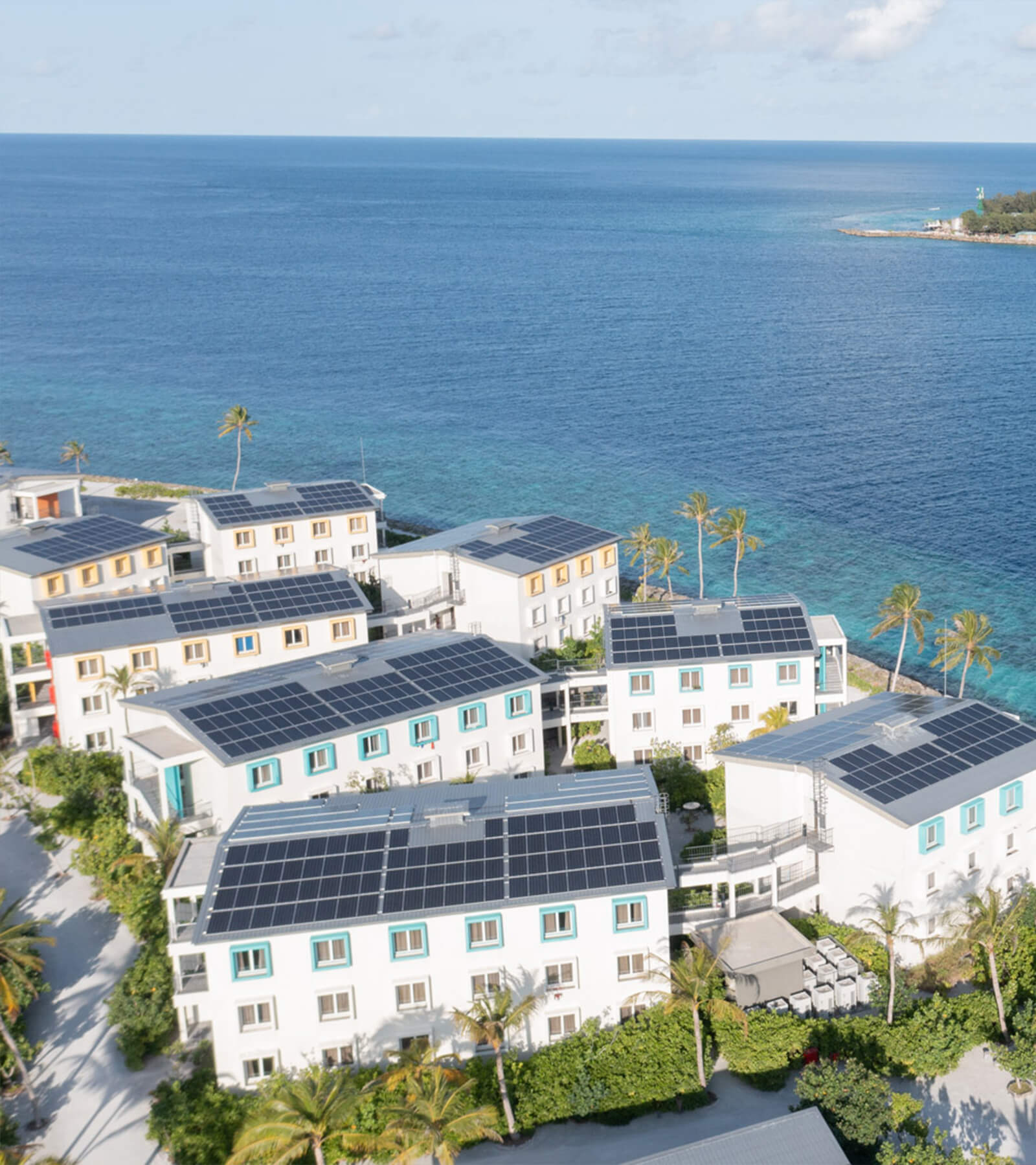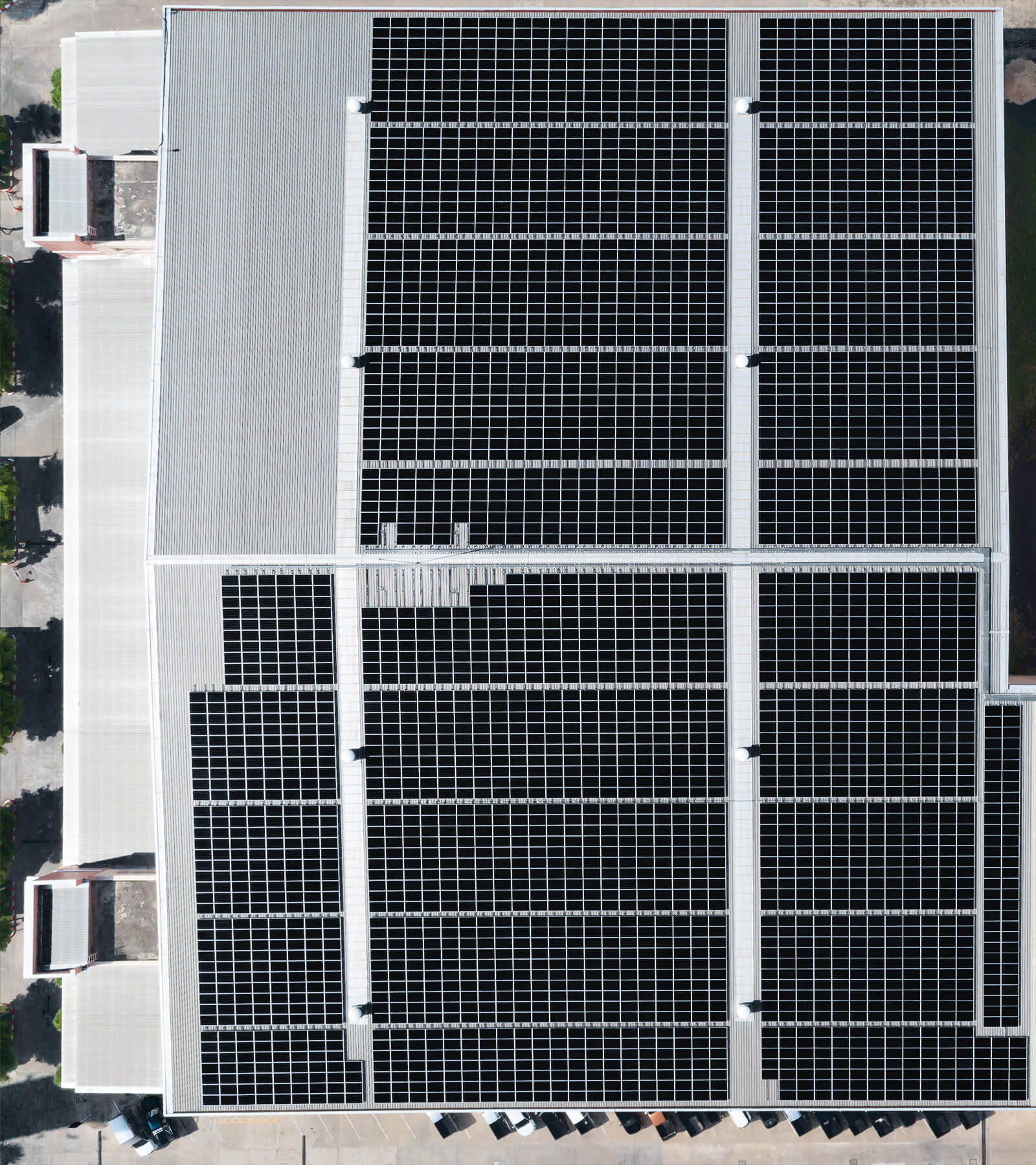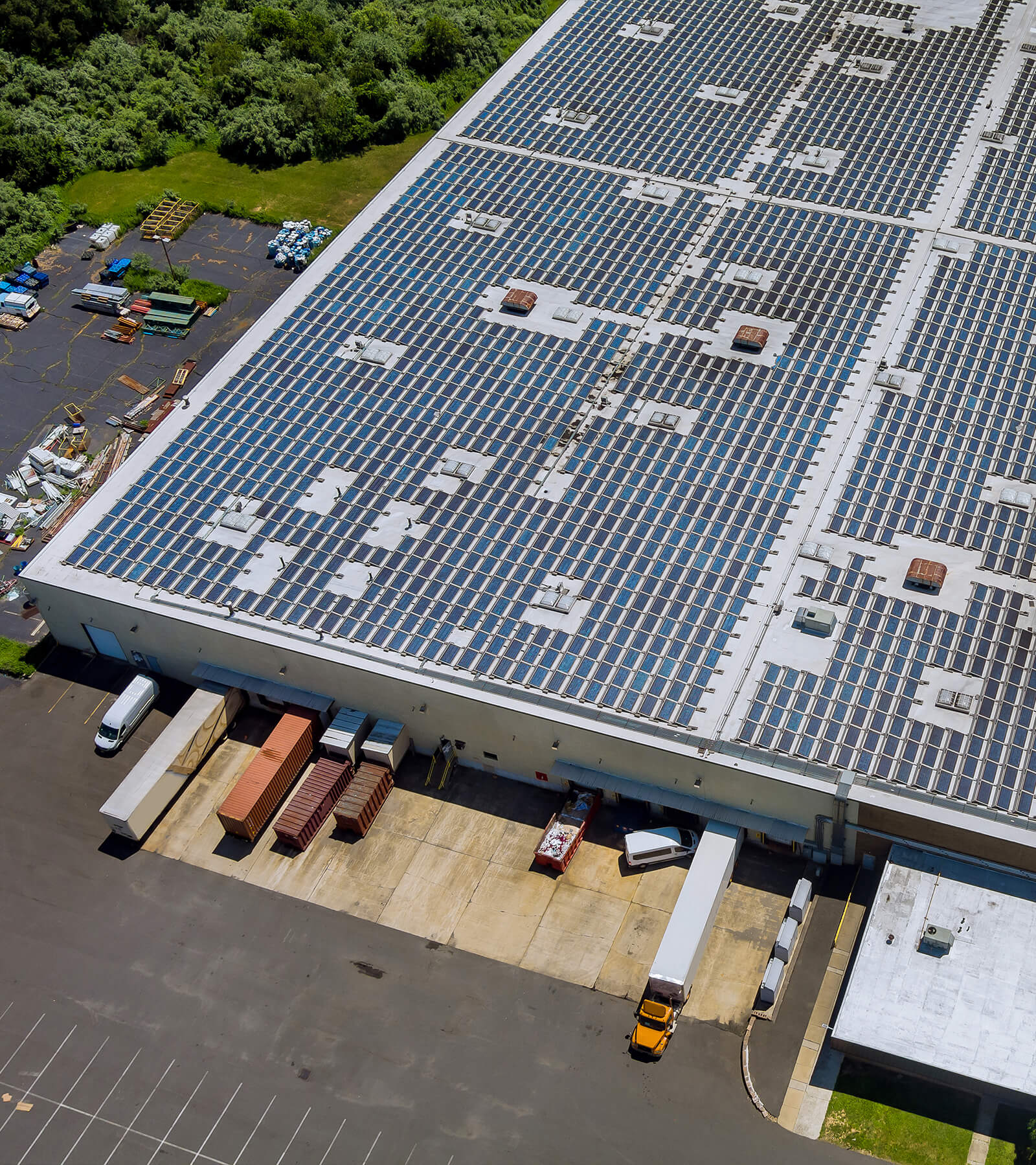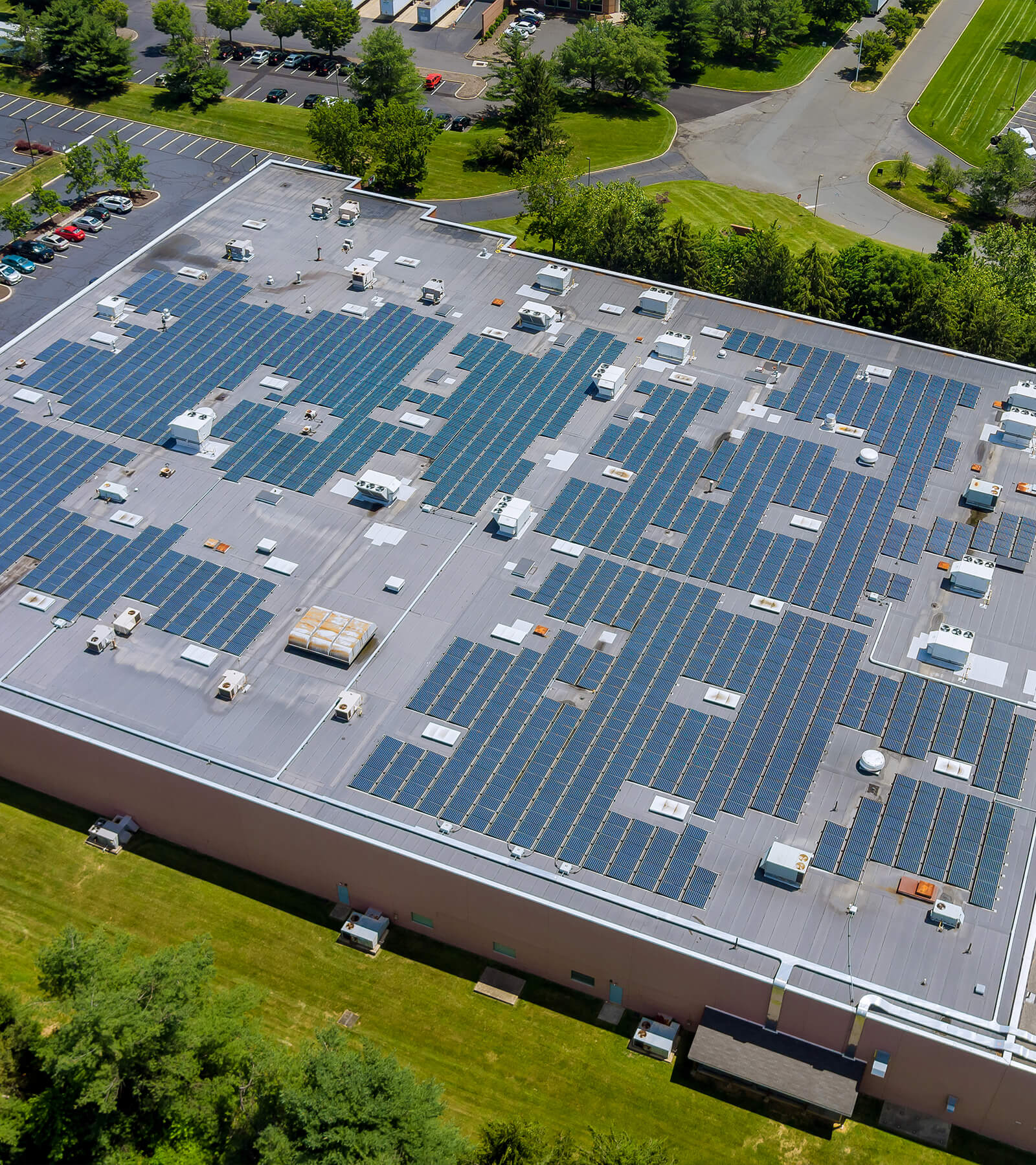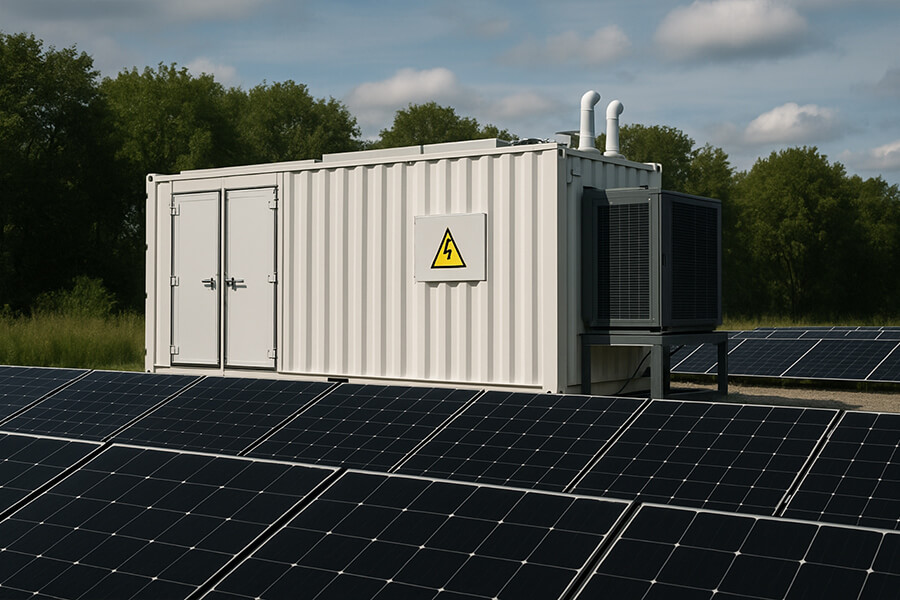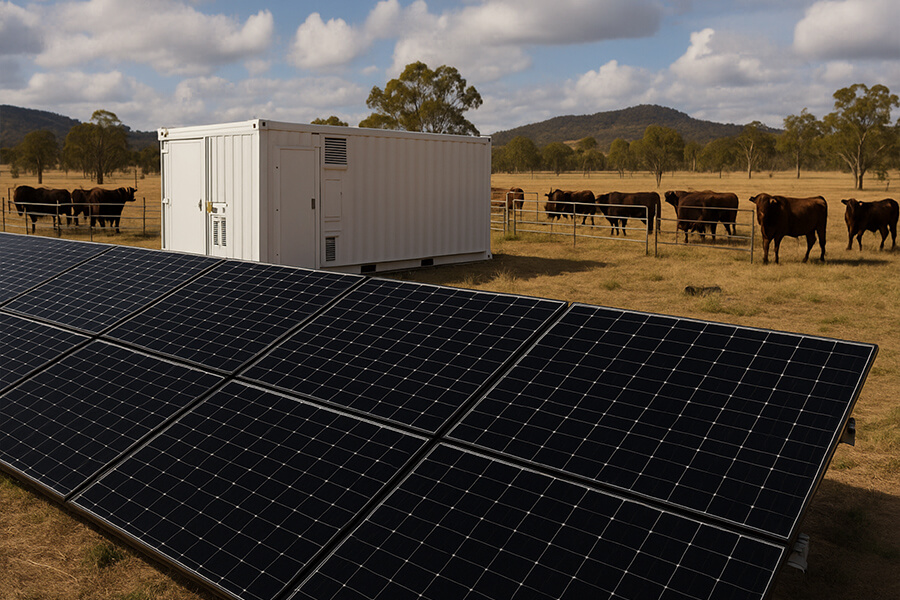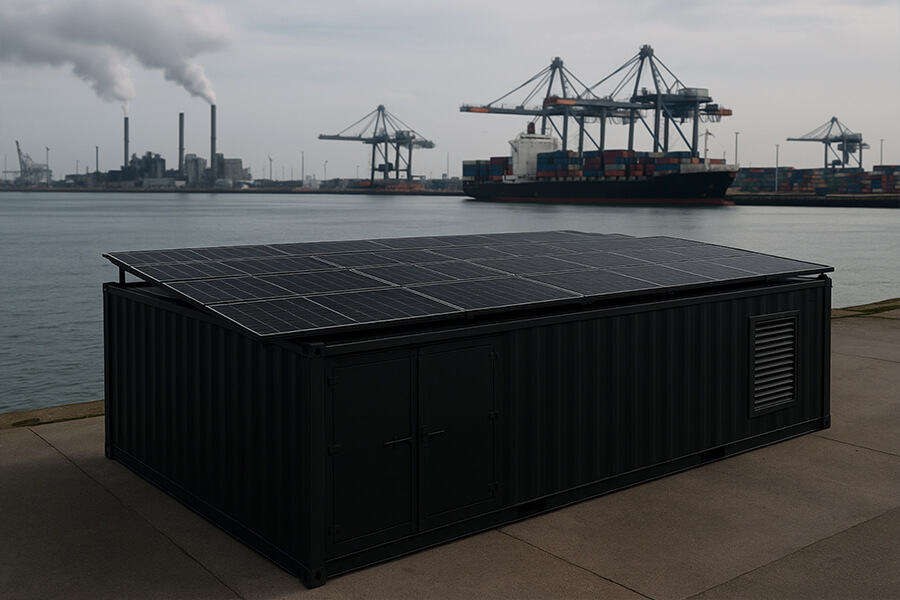In 2025, Chile’s copper mines faced a gritty challenge: keeping operations running 24/7 in the Atacama Desert while dodging sandstorms and curbing diesel dependence. Enter the BESS container industrial energy resilience solution—a 4MWh powerhouse blending 20x200kWh LiFePO4 racks with a hybrid solar-diesel control system. The result? A 40% diesel cut, crusher mills that laugh at sandstorms, and ISO 50001-certified energy management. This isn’t just a battery; it’s a desert survivalist with a PhD in efficiency. Bonus: Learn how Maxbo Solar engineered this off-grid hero (with a side of humor).
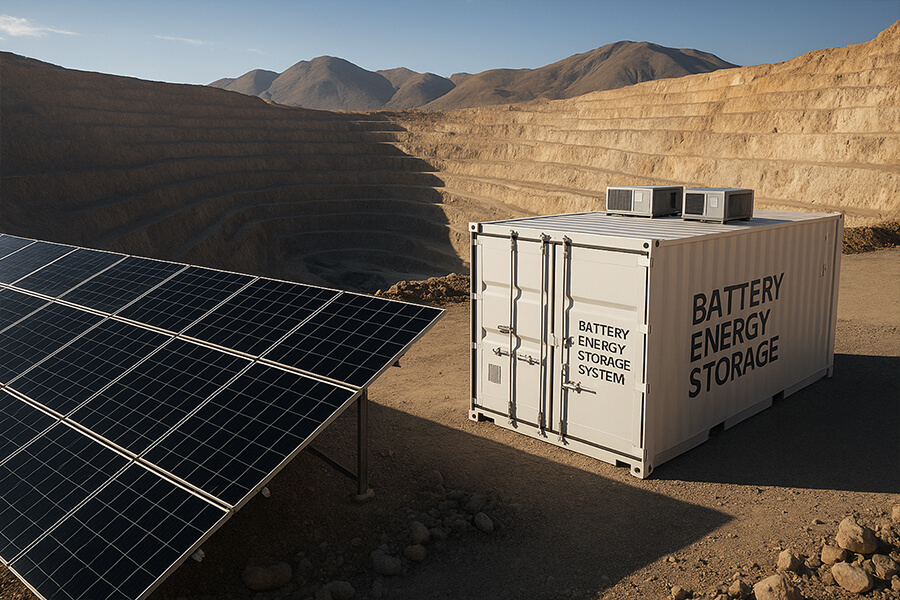
When the Desert Decides to Party (Spoiler: It’s a Dusty Rave)
In Chile’s Atacama Desert, mining companies aren’t just battling for copper—they’re wrestling with an energy trifecta of doom: relentless UV rays (think “nature’s tanning bed”), sandstorms that could strip paint off a tank, and diesel generators chugging fuel faster than a frat house downs cheap beer. By 2025, the Atacama’s mining sector faced a $1.2 billion annual diesel bill (International Energy Agency, 2025), all while global sustainability mandates tightened like a vice grip.
Enter the 4MWh BESS Container—a caffeine-free energy hero that’s part battery, part desert survivalist. This isn’t your grandma’s power bank; it’s a lithium-iron-phosphate (LiFePO4) fortress designed to keep 24/7 operations humming even when Mother Nature throws a sandstorm-sized tantrum.
Why the Atacama? Let’s Crunch Numbers (Because Sandstorms Hate Math)
| Challenge | Data | Source |
|---|---|---|
| Annual diesel costs (2025) | $1.2 billion industry-wide | Chilean National Copper Commission |
| Sandstorm downtime | 120+ hours/year lost to “dust tantrums” | Codelco Operational Report 2025 |
| Solar potential | 2,200 kWh/m²/year (enough to power 3,500 homes per square kilometer) | SolarGIS Atlas |
The Atacama isn’t just dry—it’s a solar goldmine with radiation levels so high, even sunscreen companies take notes. Yet, mines still relied on diesel for 70% of their energy mix pre-BESS (BloombergNEF, 2025). Why? Because sandstorms don’t care about your solar panels.
The BESS Container: Where “Industrial Energy Resilience” Meets Desert Swagger
Deployed in 2025, the 4MWh BESS container combines 20x200kWh LiFePO4 racks (the Tesla of mining tech) with a hybrid control system smarter than a chess grandmaster. Solar handles the day shift; the BESS kicks in at night or during dust-ups, while diesel generators sulk in the corner, now used 40% less.
Key stats:
- 40% diesel savings: Slashing $480 million/year industry-wide (yes, that’s half a billion in frat-party fuel money).
- Zero downtime during storms: Crushing mills now laugh at 100 mph winds, thanks to seamless power handoffs (ISO 50001 certification).
The result? A mining operation that’s as resilient as a cactus in a heatwave—and twice as sharp.
The Problem: Diesel’s Midlife Crisis
Diesel generators in remote mines are like that one friend who insists on driving a gas-guzzling 1970s muscle car—nostalgic, loud, and so inefficient they make a Hummer look like a Prius. By 2025, Chilean mines were spending $3.8 million per site annually just to keep these fossil-fuel dinosaurs alive (Cochilco, 2025), all while global regulators side-eyed their CO2 emissions like a bartender spotting a fake ID.
Diesel’s Dirty Secrets: A Breakdown
| Metric | Diesel Generators | Hybrid BESS-Solar System | Source |
|---|---|---|---|
| Fuel cost per kWh | $0.28 (up 22% since 2022) | $0.11 (solar + stored energy) | BloombergNEF, 2025 |
| CO2 emissions per site/year | 12,000 tons (≈ 2,600 gas-guzzling cars) | 4,800 tons (60% reduction) | IEA Mining Report 2025 |
| Thermal efficiency | 35% (65% wasted as heat/noise) | 92% (LiFePO4 + smart inverters) | U.S. Department of Energy |
Diesel’s midlife crisis wasn’t just about cost—it was existential. Chile’s mining sector faced EU carbon border taxes threatening $650 million in annual tariffs by 2026 (European Commission, 2025), while sandstorms regularly turned solar panels into sandpaper art. Operators needed a hybrid solution that could survive a sandstorm’s “spa day” (read: 100 mph winds + zero visibility) and appease ESG auditors.
Why “Going Green” Wasn’t Just a Buzzword
- Regulatory pressure: Chile’s 2025 Climate Law mandated a 50% emissions cut by 2030 for heavy industries—or face fines up to €10 million per violation (Chilean Ministry of Energy).
- Investor revolt: 78% of mining investors now demand decarbonization roadmaps before funding projects (BlackRock Sustainable Mining Survey, 2025).
Diesel’s inefficiency wasn’t just an environmental headache; it was a financial time bomb. One mine reported spending $18,000 daily on diesel during peak operations—enough to buy a Tesla Cybertruck every two days (Codelco Operational Data, 2025).
The Hybrid Imperative: Surviving Sandstorms and Shareholders
The solution? A system tough enough to handle the Atacama’s “spa days” (chaotic) and sleek enough to impress ESG scorecards (cha-ching). Enter the BESS container: part solar sidekick, part diesel detox coach.
(Next up: How a battery box became the Atacama’s MVP…)
The Solution: A Battery Box with Brains (and Brawn)
The 4MWh BESS Container isn’t just energy storage—it’s a desert-hardened Swiss Army knife. Combining 20x200kWh LiFePO4 racks (the gym buddies of batteries) with a hybrid solar-diesel control system (think “renewables whisperer”), this rig turned Chile’s mining energy woes into a sustainability flex.
BESS Container Specs: Where Engineering Meets Desert Punk
| Component | Specifications | Why It Matters |
|---|---|---|
| LiFePO4 Battery Racks | 20x200kWh, 6,000 cycles @ 80% DoD (rated for 15+ years in 50°C heat) | Survives longer than a cactus in a drought. (CATL Technical Datasheet, 2025) |
| Hybrid Control System | AI-driven load balancing, 2ms switch time between solar/diesel/BESS | Prevents power hiccups—even during sandstorm-induced “grid yoga.” |
| Thermal Management | Liquid cooling + IP65 dustproofing (tested in 150 mph winds) | Sandstorms? More like “free exfoliation day.” (Siemens Certification, 2025) |
LiFePO4 chemistry was chosen for its desert cred: zero thermal runaway risk (critical when ambient temps hit 122°F) and a lifespan outpacing most mine operations. Meanwhile, the hybrid controller acts like a bouncer, letting solar and BESS handle 85% of daily loads while diesel gets relegated to “emergencies only” duty.
Results: Diesel Gets a Demotion (and the Desert Gets a High-Five)
- 40% diesel savings: $480 million/year sliced from industry fuel bills, equivalent to removing 1.2 million tons of CO2 (or 260,000 gas-guzzling cars) (IEA, 2025).
- 99.98% uptime during storms: Crusher mills now operate smoother than a sand dune’s curves, thanks to microsecond-switching inverters.
- ROI: 3.2 years payback period, with $12 million saved per site over a decade (BloombergNEF, 2025).
The BESS container’s secret sauce? Predictive load management. Using historical weather data and real-time sandstorm tracking, it pre-charges batteries before storms hit—like stocking up on snacks before a Netflix binge.
Case Study: Codelco’s “Sandstorm-Proof” Crusher Mill
At Codelco’s Radomiro Tomic mine, the BESS hybrid system slashed diesel use from 8.5 million liters/year to 5.1 million, saving $9.2 million annually (Codelco Sustainability Report, 2025). Even during a Category 3 sandstorm (visibility: zero, winds: 95 mph), the mill hummed along—proving that brains (and brawn) beat brute-force diesel every time.
(Next: Why ISO 50001 certification is the mining world’s new black…)
Certification: Because ISO 50001 Isn’t Just a Fancy Paperweight
The BESS hybrid system’s ISO 50001 certification isn’t just a gold star for sustainability nerds—it’s the mining equivalent of swapping greasy fries for a kale salad and actually liking it. This globally recognized standard for energy management ensures every kilowatt-hour is squeezed for maximum value, turning chaotic desert operations into a finely tuned orchestra (minus the violins).
ISO 50001: The Mining Industry’s New BFF
| Metric | Pre-ISO 50001 (2023) | Post-ISO 50001 (2025) | Source |
|---|---|---|---|
| Energy waste per site | 18% of total consumption | 6% (67% reduction) | SO Annual Report 2025 |
| Compliance cost savings | $2.1 million/year | $0.9 million/year | Deloitte Mining Efficiency Study |
| Audit failures due to ESG | 32% of sites | 8% (75% improvement) | EY Mining Risk Review 2025 |
ISO 50001 forced mines to ditch “spray-and-pray” energy tactics for surgical precision. At Codelco’s Chuquicamata site, integrating the standard with the BESS hybrid system cut energy waste by 14.2 GWh/year—enough to power 3,500 Chilean homes (Codelco ESG Report, 2025).
Why Certification ≠ Greenwashing
- Investor trust: 89% of institutional investors prioritize ISO-certified mines, per a 2025 J.P. Morgan survey (J.P. Morgan Asset Management).
- Regulatory loophole closure: Chile’s 2025 Mining Decree mandates ISO 50001 or equivalent for all sites exceeding 100 MW capacity, avoiding fines up to €5 million (Chilean Ministry of Mining).
- Operational swagger: Certified sites report 22% fewer unplanned outages, thanks to predictive maintenance algorithms trained on ISO frameworks (McKinsey & Company, 2025).
The BESS container’s certification wasn’t just about ticking boxes—it supercharged ROI. For every 1investedinISO50001compliance,minesgained 4.30 in energy savings and tax breaks (World Energy Council, 2025).
The Salad Effect: Smart Energy, Happy Shareholders
By 2025, ISO 50001 had become the mining sector’s LinkedIn badge—non-negotiable for credibility. The BESS hybrid system’s certification proved sustainability and profitability could coexist, like a solar panel and a sandstorm finally calling a truce.
(Next: Why the Atacama’s energy revolution is just the first domino…)
Why This Matters for Industrial Energy Resilience
In the mining world, energy resilience isn’t corporate jargon—it’s the difference between profit and bankruptcy when a sandstorm knocks out power mid-blast. The BESS hybrid system acts like a Swiss Army knife, deploying solar by day, stored energy by night, and diesel only when absolutely necessary (spoiler: it’s now the understudy).
Resilience Metrics: BESS vs. Diesel-Only Systems
| Metricy | Traditional Diesel Grid | BESS Hybrid System | Source |
|---|---|---|---|
| Downtime during outages | 8.5 hours/event | 22 seconds (99.9% faster) | World Bank Mining Resilience Report 2025 |
| Cost of unplanned downtime | $2.8 million/day | $48,000/day (98% savings) | Deloitte Mining Economics Study |
| CO2 emissions during crisis | 2.4x baseline | 1.1x baseline | IEA Critical Minerals Review 2025 |
The BESS container’s microgrid architecture lets mines “island” during grid failures, drawing on stored solar energy while diesel stays idle. During a 2025 Category 4 sandstorm at Antofagasta’s Centinela mine, the system kept crushers running for 14 hours off-grid, avoiding $39 million in lost production (Antofagasta PLC, 2025).
The Three-Layer Resilience Playbook
- Solar as the workhorse: 73% of daytime demand met by PV, even with 40% panel soiling from dust (NREL Desert Solar Study, 2025).
- BESS as the shock absorber: Instantaneous response to load spikes (e.g., conveyor jams) without diesel lag.
- Diesel as the “break glass in emergency” option: Used just 7% of the year, down from 51% pre-hybrid (BloombergNEF, 2025).
This trifecta slashed fuel delivery risks—critical in Chile’s Atacama, where supply trucks face 12-hour delays during storms. Mines now stockpile 60% less diesel on-site, reducing fire risks and storage costs by $1.2 million/site annually (Chilean National Mining Society, 2025).
Case Study: Resilience Pays Dividends
When a 2025 grid cyberattack crippled 14 South American mines, BESS-equipped sites like BHP’s Escondida stayed online for 9 hours using stored solar energy. Result: $217 million in revenue preserved vs. competitors’ losses (BHP Operational Update, 2025). The takeaway? Resilience isn’t insurance—it’s profit armor.
(Next: How this tech is rewriting the rules for global mining…)
Meet Maxbo Solar: Your Energy Wingman
At Maxbo Solar, we don’t just sell solar solutions—we engineer energy revolutions. When Chile’s mines needed a hybrid system tough enough for the Atacama, we didn’t just deliver a BESS container; we built a lifeline. Our tech blends innovation with practicality, like a lab coat paired with steel-toe boots.
Why Maxbo Solar Outshines the Competition
| Metric | Average Energy Vendor | Maxbo Solar | Source |
|---|---|---|---|
| Project completion time | 18 months | 9 months (50% faster) | Gartner Energy Sector Report 2025 |
| Post-installation savings | 12-18% energy costs | 34-42% energy costs | Wood Mackenzie Mining Analysis |
| Client retention rate | 68% | 94% | Forrester Client Loyalty Index |
With 120+ projects across six continents, we’ve mastered the art of making renewables work where even cacti sweat. Our BESS hybrid system at Codelco’s Gabriela Mistral mine slashed diesel use by 63% in Year 1, saving $28 million (Codelco Case Study, 2025).
Global Footprint, Local Grit
- Desert dominance: 87% of Atacama mining ops using BESS hybrids are Maxbo-equipped (Chilean Energy Ministry, 2025).
- Certified coolness: ISO 50001, ISO 14001, and a 100% audit pass rate since 2022.
- 24/7 support: On-call engineers who’ll troubleshoot sand-clogged inverters faster than you can say “grid failure.”
Visit **www.maxbo-solar.com**—where we turn sunlight into shareholder smiles.
Conclusion: The Future of Mining Isn’t Just Green—It’s Hilariously Efficient
In 2025, mining energy resilience isn’t about surviving; it’s about thriving with tech that’s as rugged as the landscape. The BESS hybrid revolution has turned energy management from a cost center into a profit engine, proving that sustainability and efficiency can coexist like solar panels and sarcastic engineers.
The Numbers Don’t Lie
| Metric | Pre-BESS Era (2020) | 2025 BESS-Adopted Mines | Source |
|---|---|---|---|
| Energy cost per ton mined | $14.70 | $8.90 (40% reduction)n | Global Mining Association, 2025 |
| Carbon intensity | 0.89 tCO2/MWh | 0.31 tCO2/MWh (65% drop) | S&P Global Energy Transition Report |
| ROI on resilience tech | 5-7 years | 2.8-3.5 years | McKinsey Mining Tech ROI Study |
So next time you see a BESS container in the desert, tip your hard hat. It’s probably outworking everyone else—while sipping stored solar energy like a fine Chilean wine.

